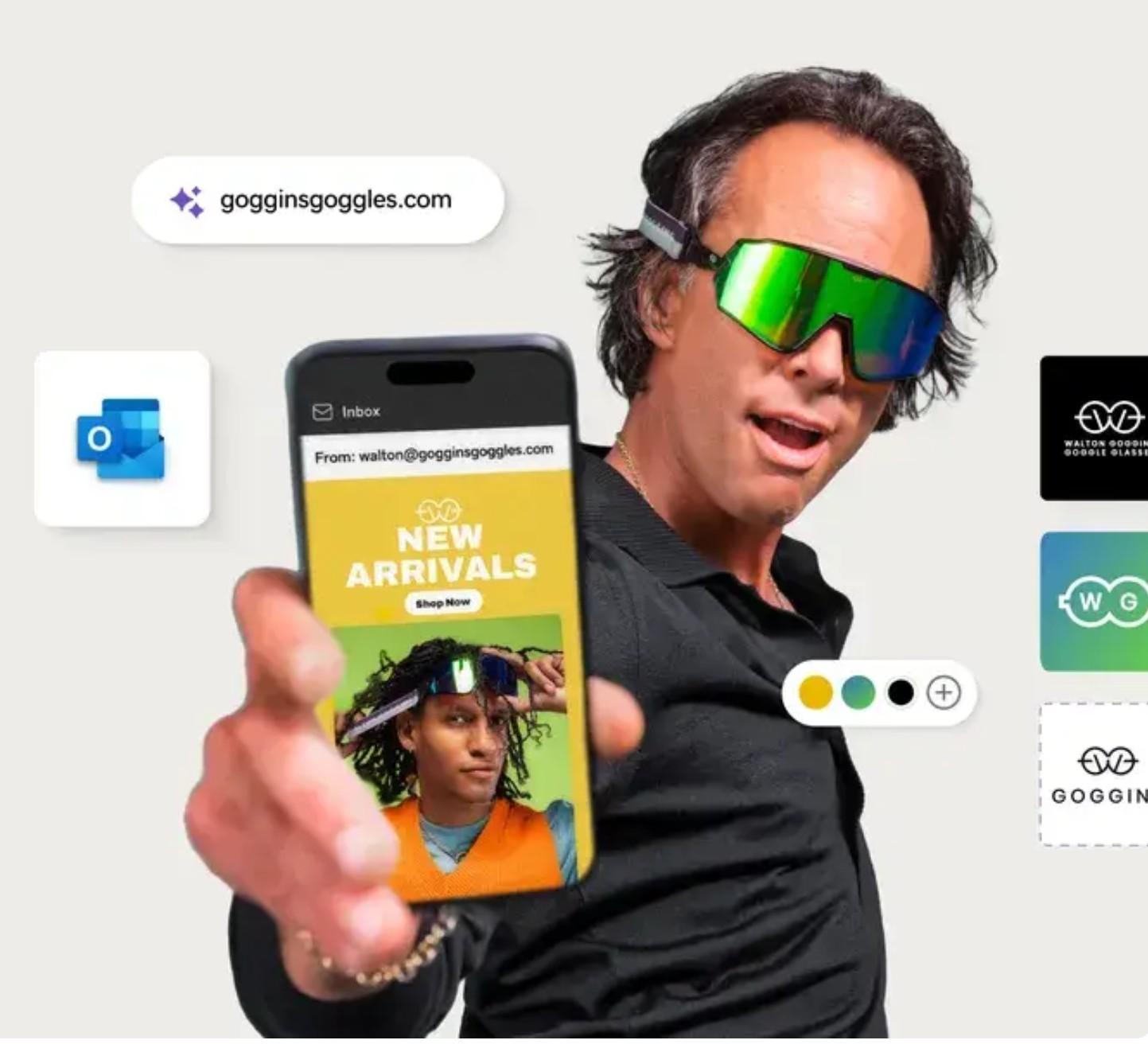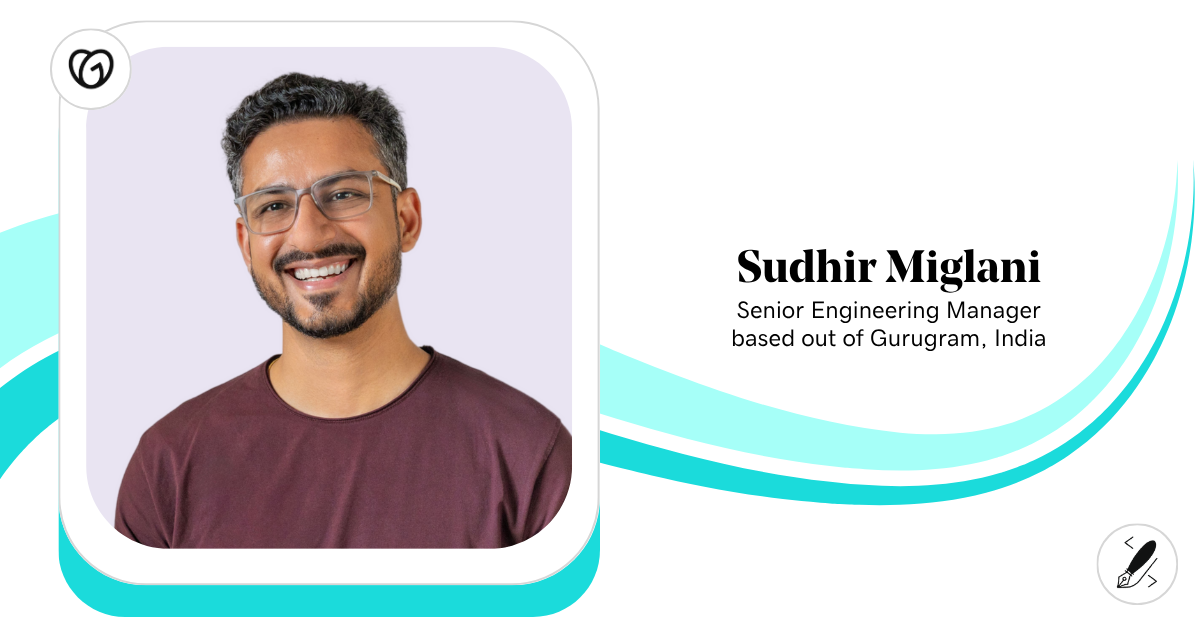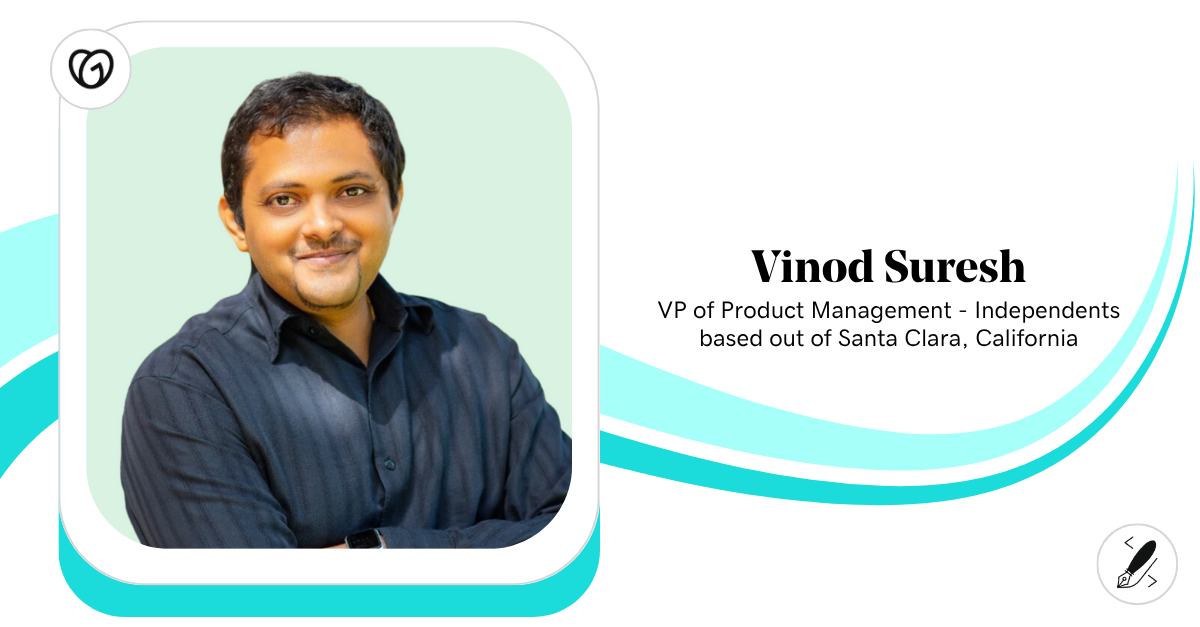Having a strong online presence is crucial when it comes to job searching and building professional connections. This is something that cannot be ignored — it’s time to look at building a LinkedIn profile.
It makes sense. LinkedIn, with over 900 million members in 2023, is the leading platform for professionals to connect and showcase their skills, experiences, and accomplishments.
We're diving deep into the platform today to discuss what it takes to build an effective LinkedIn profile, expand your network, and leverage LinkedIn's features to enhance your job search.
Let's get started.
Optimizing your LinkedIn profile elements
From selecting a professional profile photo to crafting your headline, every element of your LinkedIn profile must be carefully considered. Let's go over each of these elements now.
1. Profile picture and background photo
As you’re building a LinkedIn profile, remember a picture is worth a thousand words. Your profile picture should be a high-quality, professional headshot that represents you well. According to LinkedIn, users with a profile picture receive up to 21 times more profile views than those without one. Ensure your photo is well-lit, with a neutral background, and you're dressed appropriately for your industry.
Your background photo is another opportunity to make an impression. Choose an image that reflects your industry, interests, or personal brand. This could be a cityscape, a conference you attended, or an abstract design that complements your profile picture.
2. Headline
Your headline is a key element that appears in search results, making it essential to craft an attention-grabbing and informative one. Use this space to showcase your expertise, job title, or a unique selling point.
Be specific and include keywords relevant to your industry. For example, instead of just writing "Marketing Manager," consider using "Digital Marketing Manager | SEO & SEM Expert | Content Strategist."
3. Summary
The summary section is your chance to tell your story in a concise and compelling manner. Use this space to highlight your accomplishments, skills, and career goals. Be sure to include keywords and phrases relevant to your industry, as this can help you appear in search results.
To make your summary more engaging, write in the first person, and consider using a storytelling approach.
A well-structured summary could include these elements:
- Brief introduction to your professional background
- Mention of your areas of expertise and key skills
- Statement about your career goals or what you're currently seeking
- Call-to-action inviting viewers to connect or reach out to you
4. Experience
List your work experience, starting with the most recent position. Offer a description of your role, your accomplishments, and what you were in charge of in each position. Use bullet points for clarity and include quantifiable results to demonstrate your impact.
Make the most of this section by:
- Focusing on achievements rather than just listing responsibilities
- Using action verbs to describe your accomplishments like "managed," "increased," or "improved."
- Including metrics and data to showcase your impact like "Increased website traffic by 25% in 6 months" or "Cut customer service turnaround time by 45%."
- Mentioning any awards or recognition you've received for your work
5. Education and certifications
Include information about your education, such as degrees, diplomas, and certifications. Don't forget to add any relevant coursework, projects, or honors as well. This section can also include online courses and professional development programs.
To optimize this section:
- List your highest level of education first
- Include the name of the institution, degree earned, and dates attended
- Highlight relevant coursework or projects if they add value to your profile
- List any certifications, licenses, or professional memberships related to your field
6.Skills and endorsements
List relevant skills that showcase your expertise and make it easy for others to endorse you. Prioritize your top skills and aim for at least five endorsements in each to increase credibility. LinkedIn allows you to display up to 50 skills, so take advantage of this feature.
To make the most of your skills section:
- Focus on skills that are relevant to your industry and target job positions
- Organize your skills by category like technical skills, soft skills, or language skills
- Regularly update your skills to reflect your current abilities and expertise
- Encourage your connections to endorse you by endorsing their skills in return
7. Recommendations
Recommendations from colleagues, supervisors, and clients can strengthen your profile and increase your credibility. Request recommendations from people who can speak to your work ethic, skills, and accomplishments. Be sure to also provide recommendations to others, as this can encourage reciprocity.
To obtain quality recommendations:
- Politely request recommendations from individuals who know your work well
- Provide guidelines or suggestions to help them focus on specific aspects of your work
- Offer to write recommendations in return, which can help strengthen your relationships
- Regularly review and update your recommendations, removing any that may be outdated or less relevant
8. Accomplishments
This section is where you can showcase your awards, publications, projects, languages, and patents. Be sure to include any relevant details that can help demonstrate your expertise and achievements. To make this section more impactful:
- List your accomplishments in a logical order, like chronologically or by relevance
- Include links to any online portfolios, articles, or project websites
- Provide context for your accomplishments, such as the competition or significance of the achievement
- Highlight any accomplishments that demonstrate your ability to adapt, learn, or excel in new situations
Expanding your LinkedIn network
The key to building an effective LinkedIn profile is having a strong network. Connect with colleagues, alumni, and decision-makers in your industry to expand your reach.
Here's a roadmap of how to go about that:
1. Connect with people you know first
Start by connecting with friends, family, colleagues, and classmates. These connections can introduce you to their networks, expanding your reach. Reconnecting with former colleagues and classmates can also lead to new opportunities and collaborations.
2. Use LinkedIn's 'People You May Know' feature
LinkedIn's algorithm suggests potential connections based on shared connections, employers, and education. Review these suggestions regularly and connect with relevant professionals. When sending a connection request, always include a personalized message to increase the chances of acceptance.
3. Join groups and follow companies
Participate in industry-specific groups, engage in discussions, and share valuable content. This can help you connect with like-minded professionals and stay informed about industry trends. Follow companies you're interested in to stay updated on their news and job openings.
To make the most of groups and company pages:
- Join groups that are active, relevant, and have a significant number of members
- Actively participate in group discussions by asking questions, sharing insights, and providing feedback
- Share relevant articles, news, and updates in the groups to showcase your expertise
- Follow companies you admire or would like to work for, and engage with their content regularly
4. Engage with your network
When you’re building a LinkedIn profile, regularly share articles, updates, and insights that showcase your expertise and interests. Engage with your connections by commenting on and liking their posts. This not only helps maintain your relationships but also increases your visibility to others in your network.
To engage effectively:
- Share a mix of industry news, personal updates, and original content
- React and comment on posts from your connections to foster relationships
- Use LinkedIn's analytics to understand what types of content resonate with your audience
- Reach out to your connections to celebrate their accomplishments, offer help, or ask for advice
5. Attend virtual events and webinars
LinkedIn offers various virtual events, webinars, and workshops. Attending these events can help you connect with professionals in your industry and expand your network.
Here are some tips for maximizing your time spent at these events:
- Search for events relevant to your industry, interests, or professional goals
- Prepare questions or discussion points before attending the event
- Actively participate in event discussions, chats, or Q&A sessions
- Connect with event attendees, speakers, or organizers after the event to continue the conversation
6. Personalize connection requests
When reaching out to new connections, always personalize your message. Mention a common interest, mutual connection, or something specific from their profile to show that you've taken the time to research them. Personalized messages increase the chances of your request being accepted and can lead to more meaningful connections.
Leveraging LinkedIn's features for job searching
Networking and professional growth requires a well-crafted profile, active engagement, and strong network. But it also requires actively engaging with the features LinkedIn offers.
Here are some LinkedIn features you should seriously considering using:
1. Set your profile to 'Open to Work'
Use the Open to Work feature to let recruiters and your network know that you're actively searching for new opportunities. This feature also allows you to specify job preferences, making it easier for recruiters to find you.
To use it effectively, you can:
- Provide specific job titles, locations, and industries in your job preferences
- Indicate whether you're open to remote work, relocation, or contract roles
- Regularly update your job preferences to reflect your current goals and interests
2. Use LinkedIn Jobs
Search and apply for jobs on LinkedIn using the Jobs feature. You can filter results based on your preferences, such as location, industry, and experience level. LinkedIn also provides personalized job recommendations based on your profile and activity.
To optimize your job search:
- Set up job alerts to receive notifications about new job postings that match your criteria
- Use LinkedIn's ‘Easy Apply’ feature to streamline the application process
- Research the company and employees before applying, to tailor your application and prepare for interviews
3. Utilize LinkedIn Learning
LinkedIn offers a vast library of online courses to help you develop new skills, earn certifications, and stay up-to-date with industry trends. Some courses even come with badges that you can display on your profile, demonstrating your commitment to professional development.
To maximize the benefits of LinkedIn Learning:
- Choose courses that align with your career goals or address gaps in your skillset
- Complete courses and earn badges to showcase your new skills on your profile
- Apply the knowledge and skills gained from courses to your current job or projects
5. Take advantage of LinkedIn Premium
LinkedIn offers a Premium subscription that provides additional features such as InMail, which allows you to message people outside of your network, and premium job insights, which can give you an edge in the application process. LinkedIn Premium also includes access to LinkedIn Learning courses.
To make the most of your Premium subscription:
- Use InMail to reach out to recruiters, hiring managers, or potential mentors
- Leverage premium insights to tailor your job applications and improve your chances of success
- Take advantage of LinkedIn Learning to continually develop your skills and knowledge
By leveraging the features of LinkedIn and following the tips outlined in this article, you can gain an advantage over other job seekers and maximize your chances of success.
How will you make your LinkedIn profile serve you?
Your LinkedIn profile is a powerful tool for networking and job searching. By optimizing your profile elements, actively engaging with your network, and leveraging LinkedIn's features, you can enhance your job search and build a strong professional presence.
Keep in mind that maintaining an up-to-date and active profile is an ongoing process.
Regularly review and update your profile to reflect your current skills, experiences, and goals. Engage with your network consistently, and continue learning and growing professionally.
As you do so, your LinkedIn presence will become an invaluable asset for your career development and success.
Disclaimer: All known trademarks contained herein are the property of their respective owners and their inclusion does not represent any affiliation, endorsement, or sponsorship.







